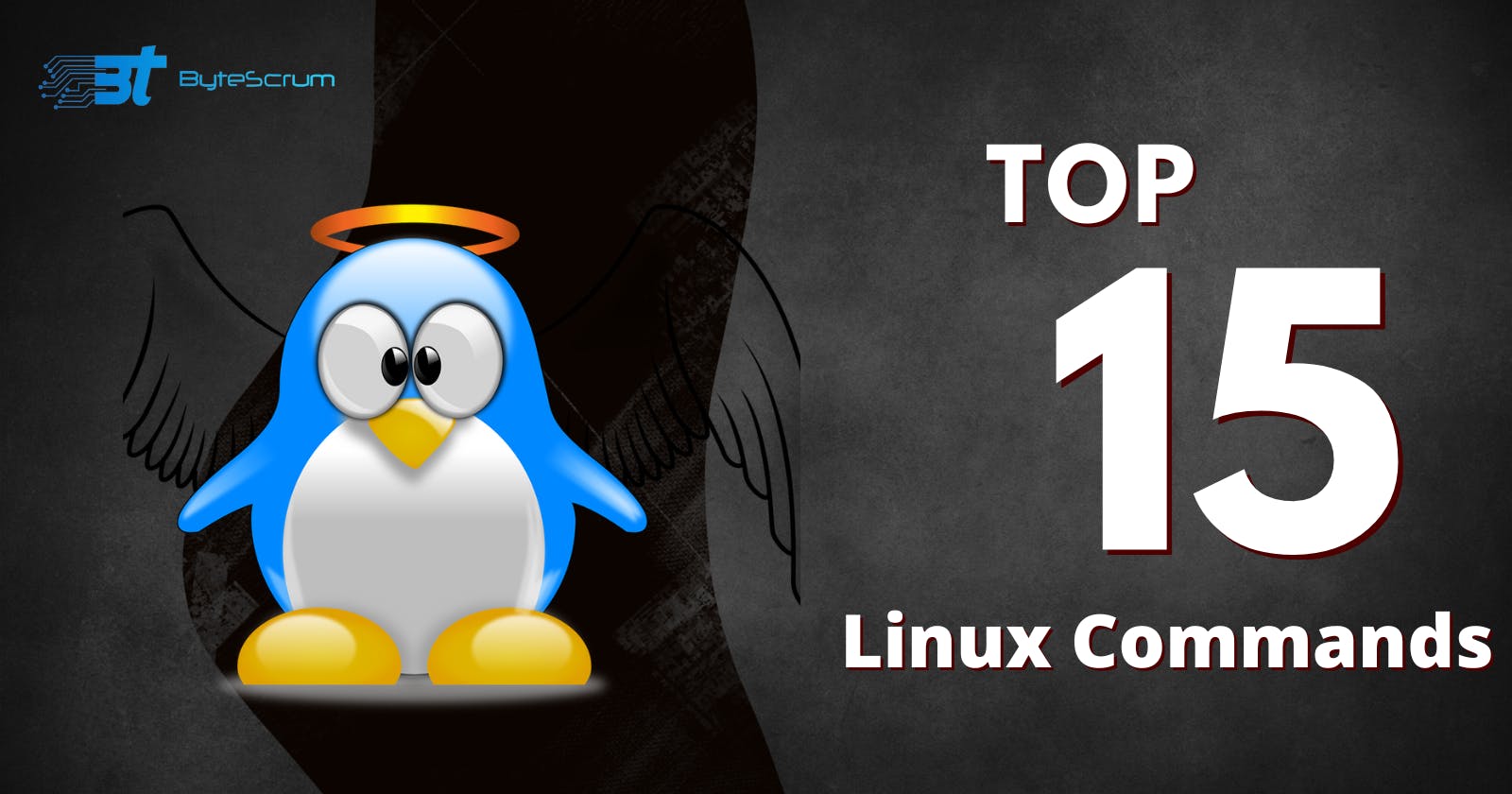Mastering Linux: A Comprehensive Guide to Essential Commands
Unleashing the Linux Command Line: A Journey Through Essential Commands for Mastery and Efficiency
Table of contents
- Introduction:
- pwd (Print Working Directory):
- ls (List):
- cd (Change Directory):
- cp (Copy) & mv (Move):
- rm (Remove):
- mkdir (Make Directory) & rmdir (Remove Directory):
- grep (Global Regular Expression Print):
- chmod (Change Mode):
- ps (Process Status) & top:
- df (Disk Free) & du (Disk Usage):
- ssh (Secure Shell) & scp (Secure Copy):
- wget and curl:
- history:
- chown
Introduction:
Welcome to the heart of Linux, where the command line reigns supreme! In this blog, we'll embark on an exciting journey through the essential commands that make Linux not just an operating system but a dynamic playground for system administrators and enthusiasts alike.
pwd (Print Working Directory):
Think of pwd as a map that shows you exactly where you are on your computer.
$ pwd
/home/user/Documents
ls (List):
ls is like turning on the lights in a room. It shows you what's inside a folder.
$ ls
file1.txt file2.txt folder1 folder2
cd (Change Directory):
cd is like a teleporter. It helps you jump between folders quickly.
$ cd Documents
cp (Copy) & mv (Move):
Manage your files and directories with finesse using cp and mv. Copy, move, and even rename files effortlessly.
$ cp file1.txt /backup
$ mv file1.txt newfile.txt
rm (Remove):
rm is like a delete button. Use it when you want to say goodbye to files.
$ rm file2.txt
mkdir (Make Directory) & rmdir (Remove Directory):
Construct and deconstruct directories with mkdir and rmdir. These commands are your building blocks for organizing your file system.
$ mkdir new_folder
$ rmdir empty_folder
grep (Global Regular Expression Print):
Think of grep as a word finder. It looks through files and shows you where specific words are.
$ grep "error" logfile.txt
chmod (Change Mode):
Master file permissions with chmod. Control who can read, write, or execute your files and scripts.
$ chmod +x script.sh
ps (Process Status) & top:
Monitor running processes with ps and gain real-time insights with top. Stay in command of your system's performance.
$ ps aux
$ top
df (Disk Free) & du (Disk Usage):
df is like checking how much space is left in your backpack, and du helps you see which folders are taking up a lot of space.
$ df -h
$ du -sh /path/to/directory
ssh (Secure Shell) & scp (Secure Copy):
Securely access remote systems with ssh and transfer files with encryption using scp. Safeguard your data during remote interactions.
$ ssh user@remote_server
$ scp file.txt user@remote_server:/path/to/destination
wgetandcurl:
wget and curl are like helpers that bring things from the internet to your computer. Just tell them what you want!
$ wget https://example.com/file.zip
$ curl -O https://bytescrum.com/image.jpg
history:
history is like a diary of everything you've done on the computer. Go back in time and see your commands.
$ history
chown
chown helps you change the owner of a file. It's like giving someone the keys to your digital house.
$ chown user:group file.txt
Conclusion
As you grow more comfortable with these basics, consider exploring other powerful commands like awk, sed, grep, and many more. The Linux terminal is a treasure trove of tools waiting for you to discover.
So, don't hesitate to dive deeper into the command-line ocean. Whether you're managing servers, developing software, or just having fun with your computer, each command brings you closer to mastering the art of Linux. Happy exploring!

